In an industry defined by heritage and logos carrying immense cultural weight, the rise of watches that obscure, share, or eliminate brand identity presents a fascinating paradox. The luxury watch world now faces an identity revolution challenging core assumptions about value and desire.
"No-brand" watches strip away identifying markers, letting craftsmanship speak without logo interruption. Collaborations bring together unlikely partners—haute horlogerie meets streetwear, traditional watchmaking meets contemporary artists—creating limited-edition pieces generating both enthusiasm and skepticism. Co-branding formalizes these partnerships, allowing established houses to experiment while newer players borrow credibility.
These approaches reflect profound shifts in how luxury is conceptualized and how the $20+ billion luxury watch industry adapts to changing consumer values. This essay examines whether they represent genuine innovation or merely novel forms of exclusivity in anti-establishment packaging.
The No-Brand Movement: Anonymity as Luxury
The no-brand concept challenges luxury's traditional emphasis on conspicuous consumption. These timepieces—clean dials, absent logos, minimalist aesthetics—propose that true luxury might be found in anonymity rather than announcement.
Companies like Uniform Wares, Instrmnt, and Nomos Glashütte pioneered this approach, privileging design clarity and mechanical excellence over heritage storytelling. This positions watches as reflections of appreciation for craftsmanship rather than vehicles for signaling brand affiliation—luxury for personal satisfaction over social recognition.
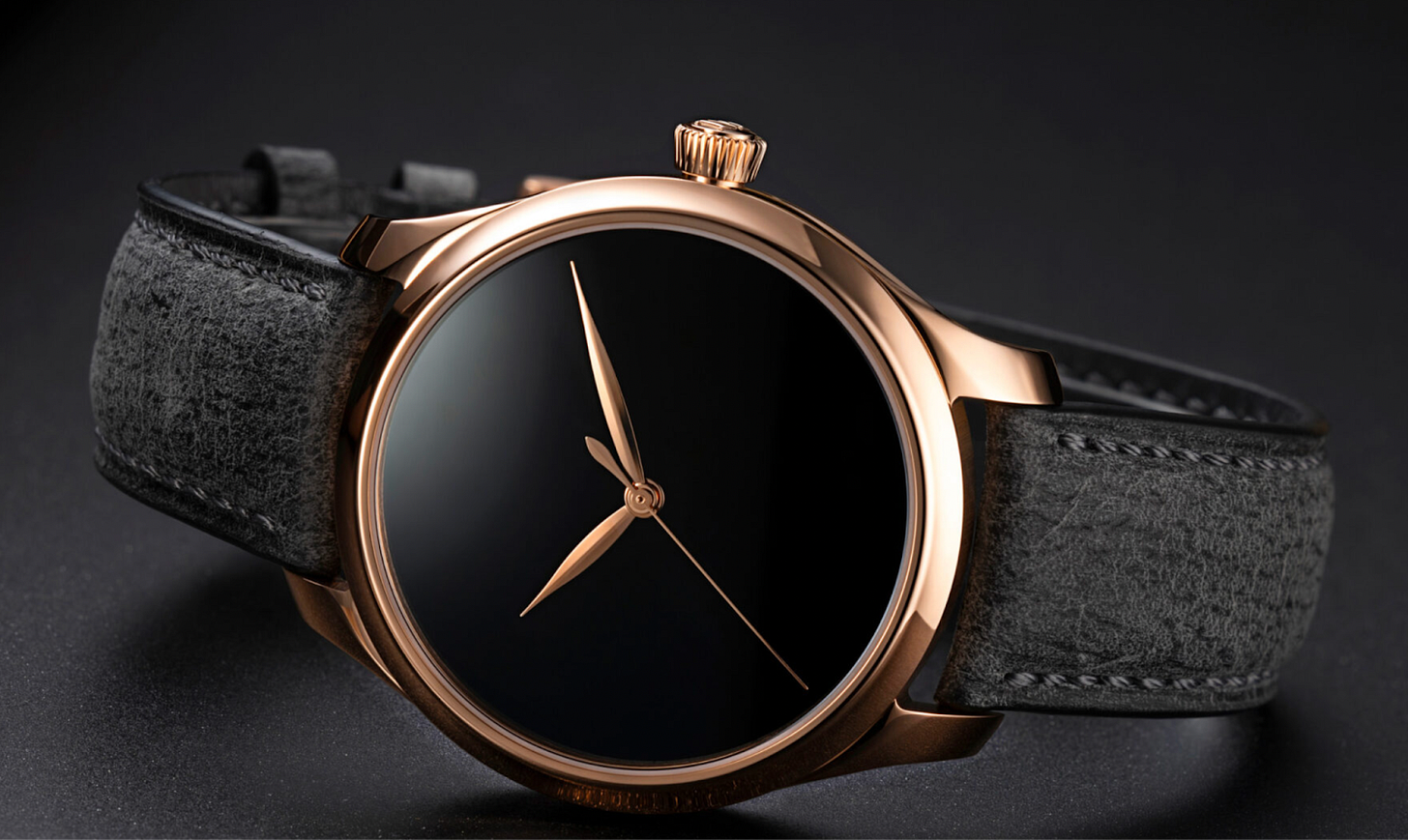
This aligns with shifting consumer preferences, particularly among younger buyers ambivalent toward traditional status markers. The no-brand watch represents this sentiment's ultimate expression—quality without announcement, exclusivity without explanation.
Yet contradictions exist. Many such watches maintain recognizable design languages that function as de facto signatures to those "in the know." The very concept of anonymity becomes a form of branding—a statement about independence from brand-driven consumption, even while participating in a commercial transaction.
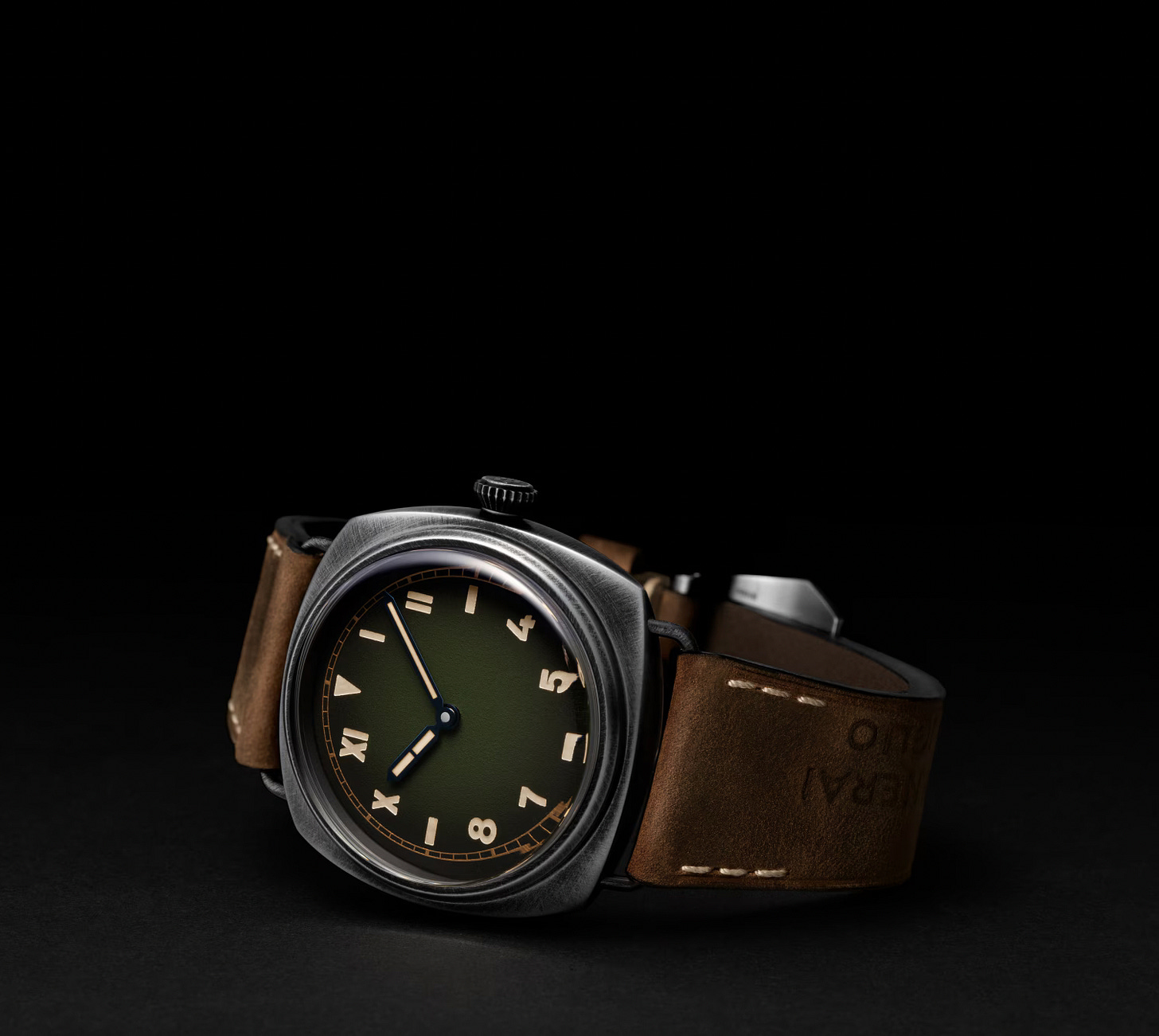
Despite supposedly rejecting brand value, no-brand watches often command premium prices, suggesting anonymity itself has become a marketable commodity. As fashion theorist Pierre Martineau observed, "The absence of a visible symbol becomes the symbol." This raises questions about whether the movement truly rejects status culture or merely evolves it into subtler forms.
Collaborative Efforts: The Chemistry of Unexpected Pairings
If no-brand represents rejection of traditional branding, collaboration represents creative reinvention. "Collabs" unite entities from different sectors to create limited-edition pieces generating buzz and often extraordinary demand.
Recent years have seen partnerships flourish: Audermars Piguet x Marvel, Bulgari × Tadao Ando, and Bremont × Jaguar. These collaborations serve strategic purposes beyond product development—allowing traditional brands to access new audiences, create scarcity, and demonstrate relevance without altering core product lines.
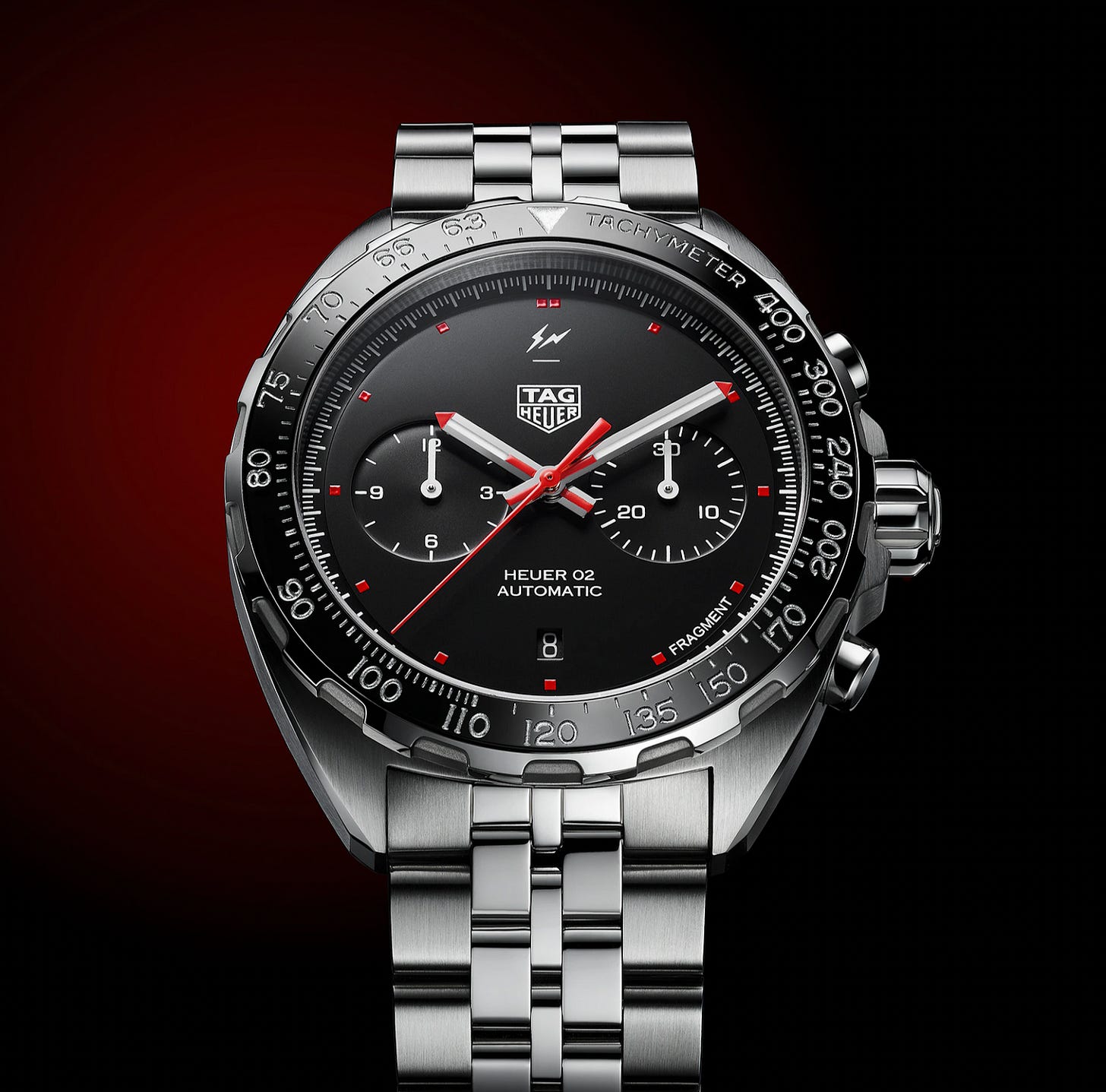
This strategy effectively generates attention in a crowded digital landscape, with marketplaces reporting significant increases in engagement for collaborative releases compared to standard announcements.
However, not all embrace this trend. Traditional watchmaking circles worry that collaborations prioritize momentary visibility over enduring values historically associated with fine horology. Critics lament that pieces designed for "Instagram moments" conflict with watchmaking's emphasis on generational permanence.
These collaborations reflect blurring boundaries between luxury and street culture, high and low art. They challenge conventional notions of authenticity while creating new forms of cultural capital—knowing about limited releases, securing access, and displaying insider status.
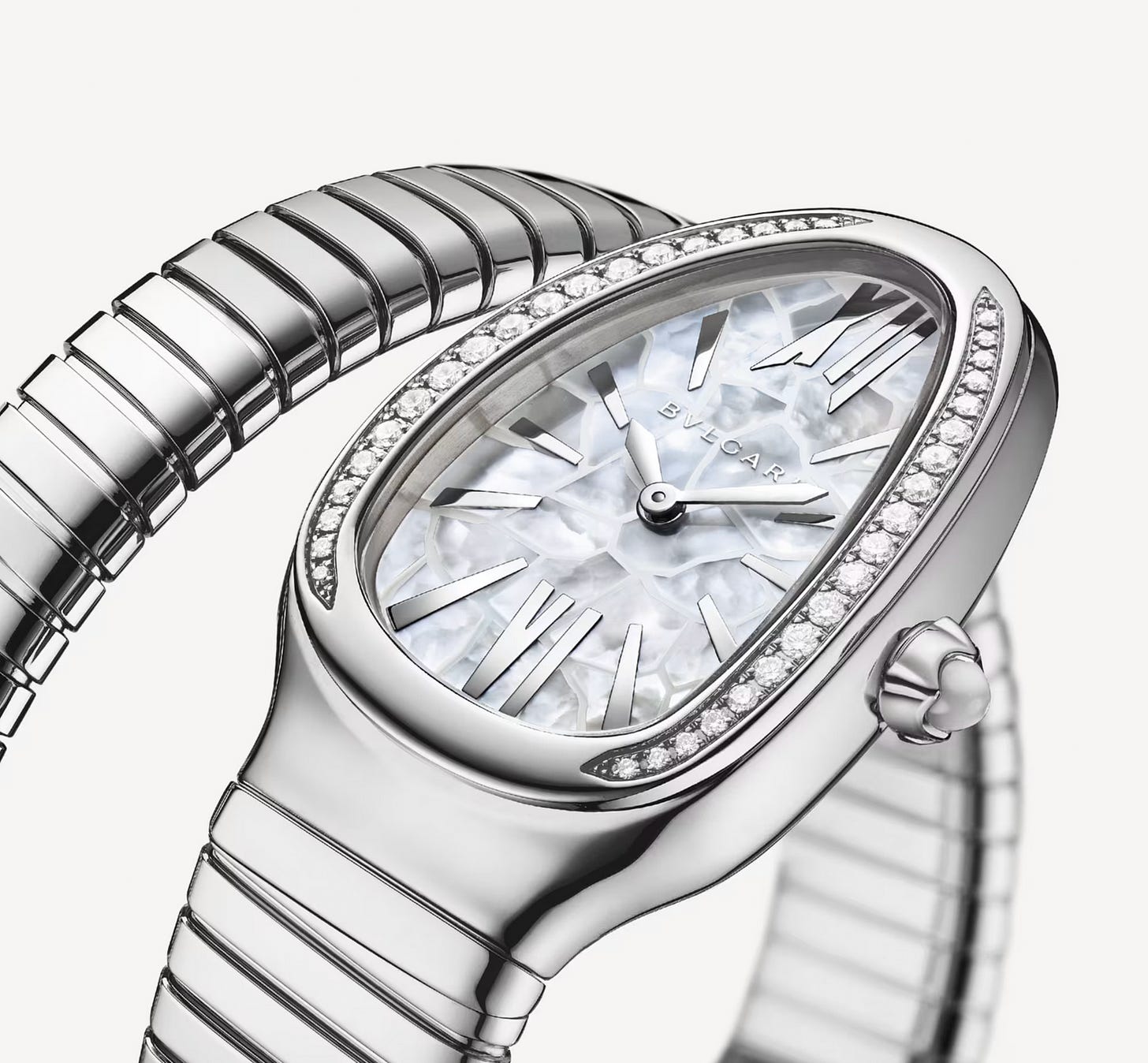
Despite appearing revolutionary, many collaborations rely on conventional mechanisms of exclusivity and status-seeking. The apparent subversion of traditional luxury codes often conceals reinforcement of underlying dynamics—distinction, insider knowledge, and taste performance.
Co-Branding Strategies: The Calculated Marriage of Identities
While collaborations emphasize creative fusion and limited engagement, co-branding represents more formalized partnerships between established entities. In luxury watches, co-branding typically joins a watchmaker with another premium brand, creating product lines leveraging both parties' equity while opening new markets.
The automotive-watchmaking nexus exemplifies this approach: Breitling × Bentley, TAG Heuer × Porsche, and Roger Dubuis x Lamborghini Squadra Corse create timepieces connecting mechanical excellence across categories. These partnerships cross-pollinate customer bases while reinforcing shared values—precision engineering, performance, heritage, and exclusivity.
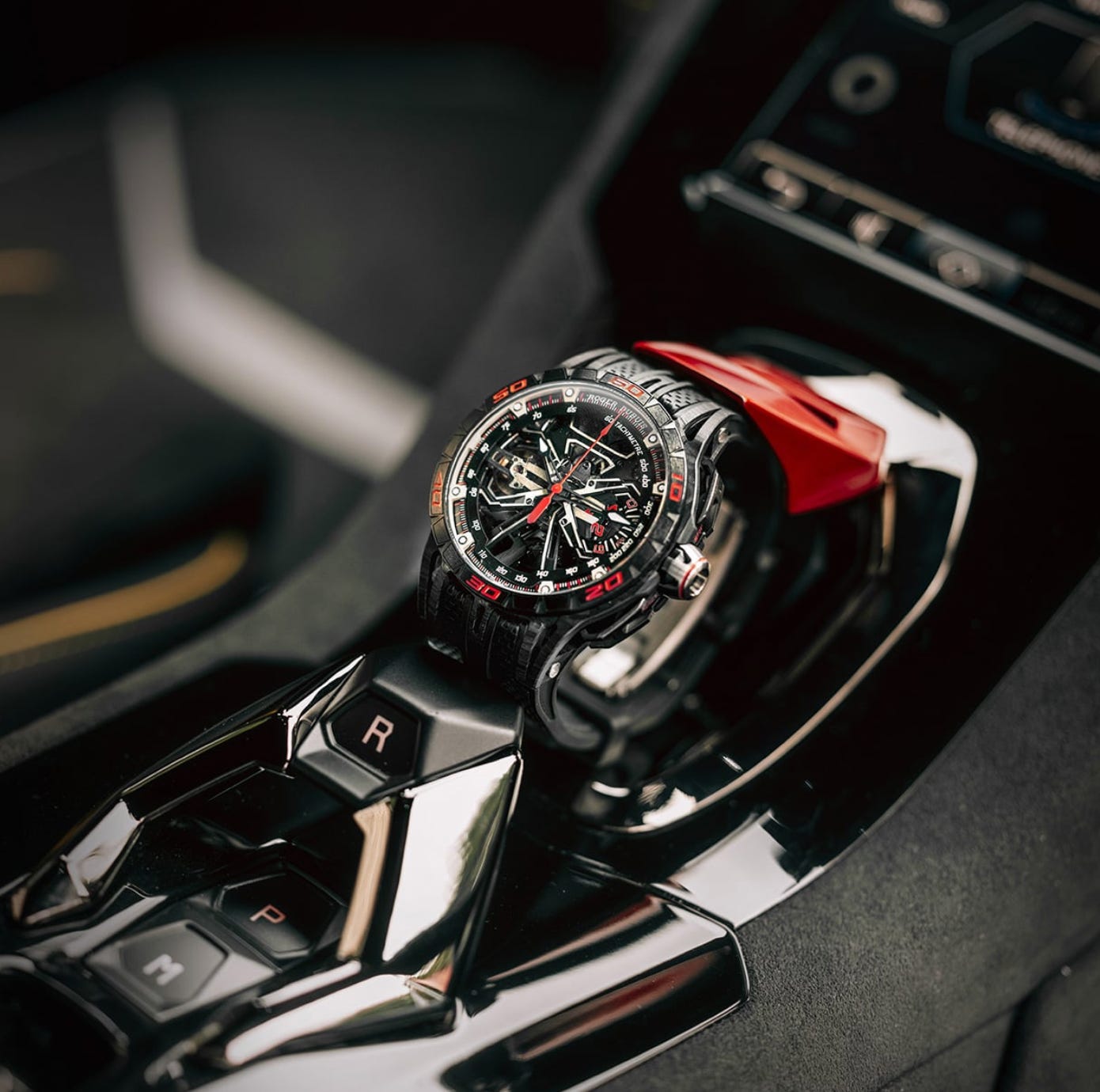
Successful co-branding creates a perception of natural alignment. This explains why watch brands partner with entities as diverse as airlines (IWC × Lufthansa), sporting organizations (Omega × Olympics), and conservation groups (Blancpain × Ocean Commitment).
The financial logic is compelling. Successful luxury co-branding typically commands price premiums over standard offerings while increasing conversion rates. For heritage brands struggling to connect with younger demographics, these partnerships provide access to new segments without compromising core identity.
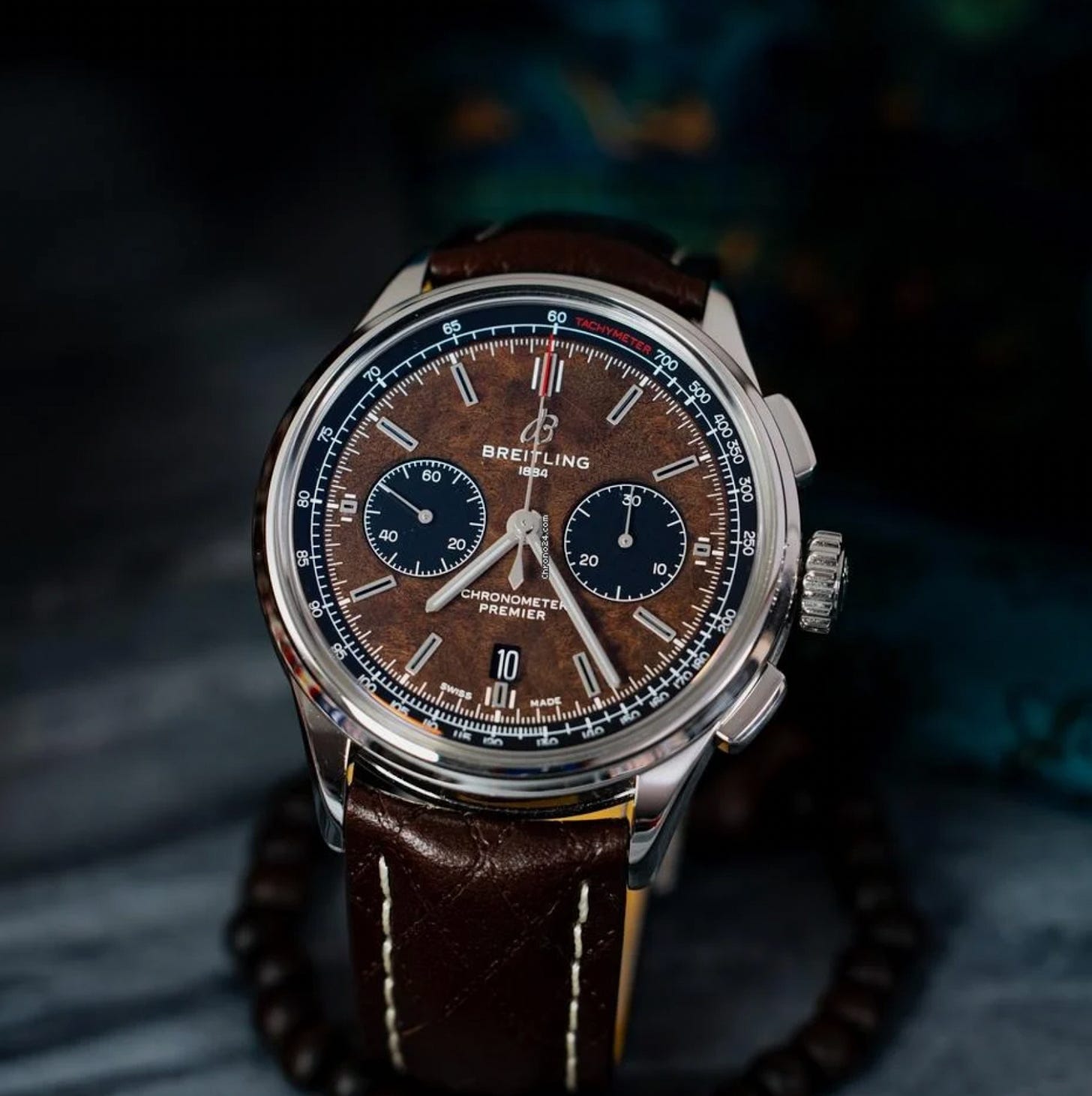
Yet risks exist. Brand dilution remains a concern, particularly for luxury houses whose value derives from exclusive association. Every partnership involves identity sharing, raising questions about whether sharing strengthens or weakens the original brand.
From a critical perspective, co-branding often reveals the constructed nature of luxury brand mythologies. When a centuries-old watchmaker partners with a contemporary fashion house, it implicitly acknowledges that brand identity is malleable—a commercial strategy rather than immutable heritage. This challenges traditional luxury narratives while creating new ones.
Comparative Analysis: Different Routes to the Same Destination?
While these approaches appear distinct, they share underlying commonalities. Each responds to fundamental challenges facing the luxury watch industry: changing consumer values, digital disruption, and balancing tradition with relevance.
The no-brand approach rejects conspicuous branding yet creates recognizable aesthetic signatures functioning as implicit brands. Collaborations claim to subvert traditional luxury codes while reinforcing exclusivity mechanisms. Co-branding presents as organic union while serving commercial objectives. In each case, apparent disruption may mask conservative commercial strategies.
Consumer responses reveal interesting patterns. Data indicates collaboration and co-branded watches typically command significant premiums at release, while no-brand watches maintain more stable value over time. This suggests different value propositions—momentary cultural currency versus enduring design integrity.
Traditional houses have responded with varying engagement. Richemont Group brands (Cartier, IWC, Jaeger-LeCoultre) approach collaborations selectively, while LVMH houses (TAG Heuer, Hublot, Zenith) embrace them enthusiastically. Independent brands span both extremes—from Patek Philippe's resistance to Moser's provocative experiments.
The critical question remains whether these approaches represent innovation or novel packaging for traditional luxury mechanisms. Eliminating visible branding doesn't necessarily challenge status consumption's underlying logic. Limited-edition collaborations create new exclusivity forms rather than dismantling it. Co-branding often reinforces premium positioning rather than democratizing it.
Challenges and Criticisms: The Complications of Identity Play
These phenomena have generated substantial criticism. Traditionalists question whether constant collaboration and identity experimentation undermines heritage values that historically differentiated fine watchmaking.
Many veteran collectors argue "a watch is not a sneaker"—suggesting streetwear's artificial hype cycles contradict watchmaking's multigenerational perspective. This reflects concern that fashion industry tactics—constant releases, artificial scarcity, hype-driven marketing—threaten the watch industry's distinct cultural position.
Sustainability presents another challenge. The proliferation of limited editions and co-branded releases multiplies SKUs, complicating inventory management and potentially increasing waste. Industry executives increasingly acknowledge these ecological and commercial concerns.
Questions about authenticity and cultural appropriation arise when luxury watch brands collaborate with artists or cultural movements with which they have no organic connection. Critics note many collaborations superficially reference cultural elements without meaningful engagement with contexts or creators.
Consumer fatigue represents an emerging risk. Watch forums and social media show evidence of declining engagement with "collab culture" among core enthusiasts, with many expressing that there are simply too many limited editions to track—suggesting diminishing returns for strategies based on novelty and exclusivity.
Future Prospects: Evolution or Revolution?
As the industry navigates disruption from smartwatches, changing consumption patterns, and economic uncertainty, these branding phenomena will likely evolve rather than disappear. Several trends suggest future directions:
Fluid branding approaches may become more common, with brands strategically toggling between prominent branding, subtle signatures, and anonymous offerings based on market segment. This flexibility would serve multiple consumer mindsets rather than committing exclusively to any approach.
Collaboration will likely become more substantive, with successful partnerships involving genuine creative exchange rather than mere logo-sharing. Future collaborations may involve true co-creation—watchmakers providing technical expertise while collaborators bring genuine perspective.
Technology will reshape branding in watches. Blockchain authentication may diminish visible branding's importance as provenance proof. Augmented reality could create possibilities for customizable branding that changes based on context or preference.
Community-based approaches may emerge as alternatives to traditional top-down branding, with companies involving enthusiast communities in design processes. Early experiments from brands like Baltic and Ming suggest growing interest in participatory development.
The most successful players will recognize these branding phenomena reflect genuine cultural shifts rather than temporary marketing opportunities. As luxury evolves from product category to experience category, branding's meaning and function will transform alongside it.
Conclusion: The Paradox of Identity in Luxury Watchmaking
These phenomena reveal fundamental paradoxes about contemporary consumption. Consumers simultaneously seek authenticity and novelty, heritage and relevance, exclusivity and connection—contradictory desires these varied approaches attempt to reconcile.
What appears initially as rejection of traditional branding often reveals itself as reinvention. The no-brand watch creates an identity category defined by absence of explicit identity. Collaborations generate temporary identities valuable precisely for their ephemeral nature. Co-branding creates compound identities aiming to exceed the sum of their parts.
Perhaps most revealing is how these phenomena expose luxury's constructed nature. By playing with brand identities, they highlight that luxury value has always been socially negotiated rather than intrinsic—a matter of perception, context, and shared meaning rather than objective characteristics.
For consumers, the proliferation of approaches offers both opportunity and challenge. The luxury watch landscape now accommodates diverse expressions of personal identity, from no-brand timepieces' understated elegance to limited collaborations' cultural signaling. Yet this diversity demands greater discernment about alignment between product narratives and personal values.
As the industry evolves, one thing remains certain: the relationship between watches, identity, and status will continue transforming. What once served primarily as timekeeping instruments, then achievement symbols, now function increasingly as vehicles for self-expression, cultural affiliation, and personal narrative. The only constant is change itself—fitting for an industry dedicated to measuring time's passage.
If you enjoyed this analysis of luxury watch branding trends, consider subscribing to receive more articles at the intersection of technology, culture, and economics.
About the Author
Sergio Galanti is a journalist specializing in independent watchmaking and mechanical horology.


